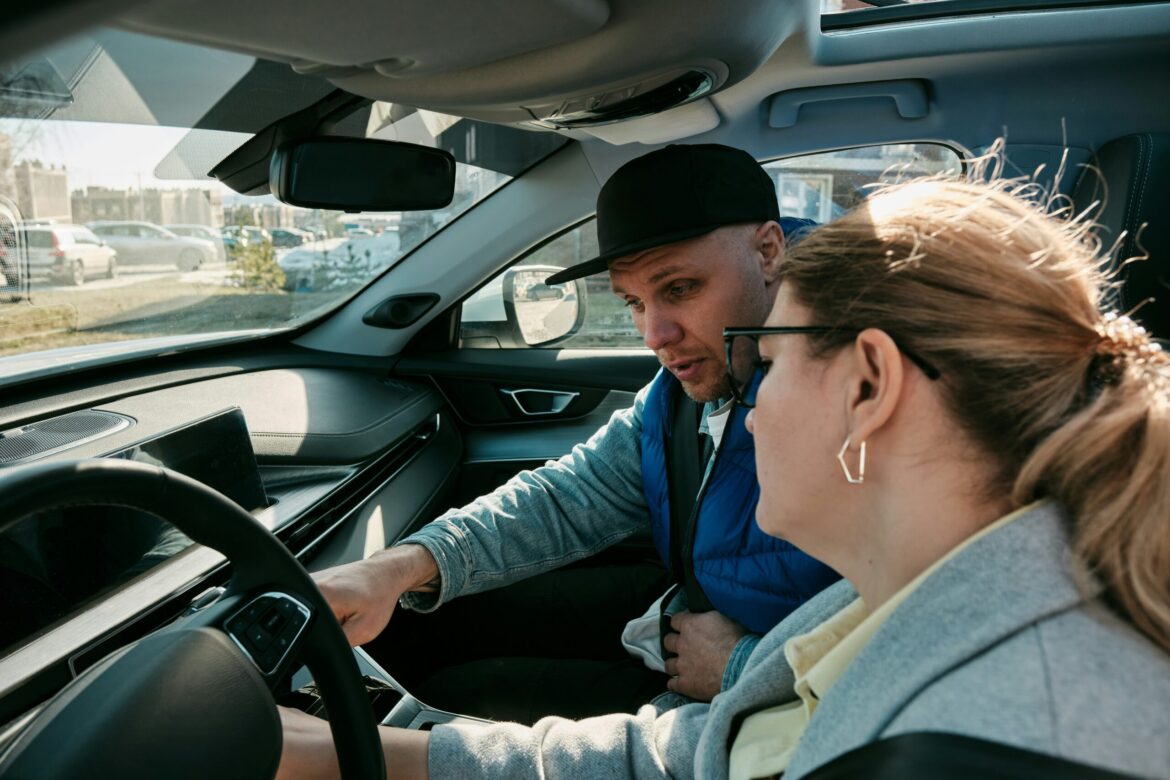On February 25, 2024, Tesla unveiled its highly anticipated fully autonomous driving system, marking a significant leap forward in the company’s pursuit of self-driving technology. The announcement, made during a press conference at Tesla’s headquarters in Palo Alto, California, promises to revolutionize the automotive industry and reshape how people think about transportation.
Tesla’s CEO, Elon Musk, described the new system as “a game-changer for the future of mobility,” highlighting its ability to navigate any road without human intervention. The system utilizes Tesla’s advanced AI-driven software, which integrates machine learning, real-time data, and an expansive fleet of sensors, cameras, and radar to ensure complete vehicle autonomy.
The new feature, dubbed “Tesla Autopilot 6.0,” allows the car to drive itself in complex environments such as crowded urban streets, rural highways, and even adverse weather conditions. The system is designed to automatically adjust speed, change lanes, and make turns with minimal to no input from the driver. Tesla plans to roll out the software to owners via an over-the-air update within the next month.
However, the announcement comes at a time of heightened scrutiny over the safety of autonomous driving technology. Over the past few years, several high-profile accidents involving Tesla’s previous autopilot systems have raised concerns among regulators, consumer safety groups, and the general public. These incidents have fueled debates about the readiness of self-driving vehicles for mass adoption and the ethical implications of allowing machines to make life-and-death decisions.
In response to the concerns, Musk emphasized that the new system represents a significant improvement in safety, with a comprehensive suite of safeguards designed to prevent accidents. “Our new system is safer than any human driver, and it’s backed by years of data collected from millions of miles of Tesla vehicles on the road,” Musk stated.
Despite Tesla’s reassurances, critics remain cautious. Safety experts have called for further regulatory oversight, while consumer advocates are pushing for more transparent reporting on the system’s performance. “While the technology is promising, it’s essential that we ensure its reliability before we allow it to be deployed at such a large scale,” said one independent automotive safety analyst.
As Tesla prepares to roll out the new system, all eyes will be on its real-world performance and the ongoing discussions surrounding the regulation of autonomous driving technology. The future of self-driving cars, it seems, is now closer than ever—but whether it’s fully ready for the road remains to be seen.

